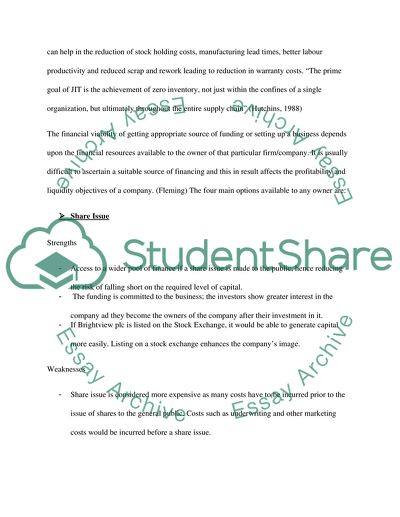Cite this document
(Managing Financial Resource and Decisions: Brightview PLC Case Study, n.d.)
Managing Financial Resource and Decisions: Brightview PLC Case Study. Retrieved from https://studentshare.org/finance-accounting/1733967-managing-financial-resource-and-decisions
Managing Financial Resource and Decisions: Brightview PLC Case Study. Retrieved from https://studentshare.org/finance-accounting/1733967-managing-financial-resource-and-decisions
(Managing Financial Resource and Decisions: Brightview PLC Case Study)
Managing Financial Resource and Decisions: Brightview PLC Case Study. https://studentshare.org/finance-accounting/1733967-managing-financial-resource-and-decisions.
Managing Financial Resource and Decisions: Brightview PLC Case Study. https://studentshare.org/finance-accounting/1733967-managing-financial-resource-and-decisions.
“Managing Financial Resource and Decisions: Brightview PLC Case Study”, n.d. https://studentshare.org/finance-accounting/1733967-managing-financial-resource-and-decisions.


